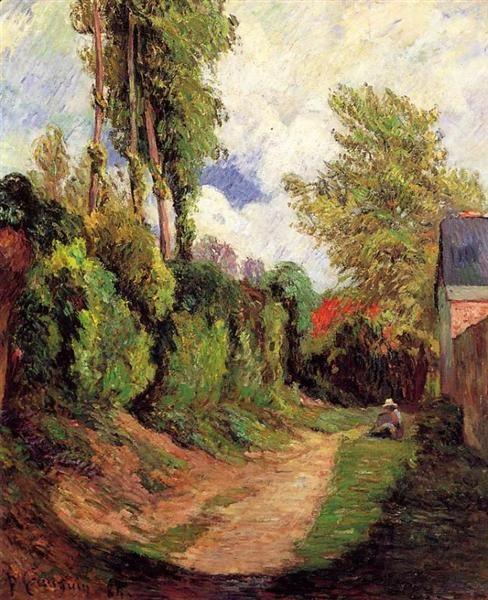Description
Paul Gauguin's Sunken Lane painting is a masterpiece of Post-Impressionism that has captivated art lovers since its creation in 1884. This work is a perfect example of Gauguin's artistic style, characterized by simplification of forms and color intensification.
The composition of the painting is very interesting, as Gauguin uses unusual perspective to create a sense of depth in the image. The lane plunging into the center of the painting is the main element of the composition, and the trees and sky in the background create an interesting contrast to the lane.
Color is another outstanding aspect of this work. Gauguin uses a bright, saturated color palette to create a sense of exoticism and mystery. The green and yellow tones of the trees and grass contrast with the intense blue of the sky and the dark red of the lane.
The story behind the painting is also fascinating. Gauguin painted this work while living in French Brittany, where he was inspired by the natural beauty of the region and the local culture. The painting was first exhibited at the Paris Salon in 1884, where it received mixed reviews.
There are some little-known aspects of this work that are also interesting. For example, Gauguin is believed to have used a painting technique called "wet-on-wet painting" to create the smooth, silky texture of grass and trees. Furthermore, Gauguin is known to have been fascinated by Polynesian culture, and some critics have suggested that the Sunken Lane painting could be a symbolic representation of Polynesian culture.

